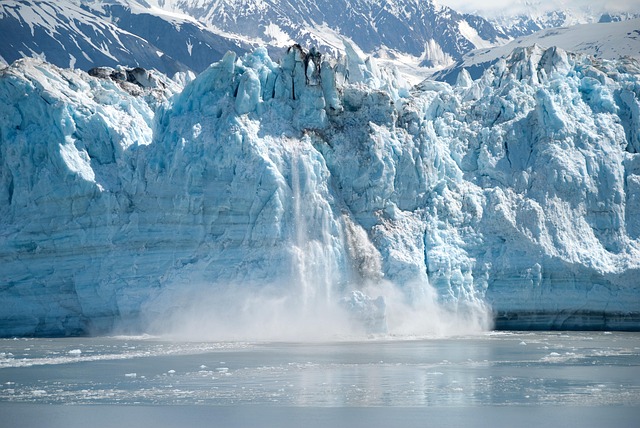Experience the breathtaking beauty of Alaska’s Wilderness Week, where glaciers meet the shimmering northern lights. Explore aurora of icy landscapes, adventure.

Introduction: Alaska’s Northern lights
Celebrating the majesty of nature, Alaska’s Wilderness Week gives visitors a rare opportunity to see the meeting of celestial light displays and cold behemoths. From massive glaciers to the magical glow of the Aurora Borealis, this event showcases America’s last frontier’s raw beauty. Alaska’s wild offers amazing experiences whether you, gaze at the swaying northern lights or trek among glacial valleys.
Exploring Alaska’s Glaciers: Giants of Ice and Time
Glaciers in Alaska are ancient wonders that over millennia shape terrain. Visitors can discover famous ice forms like the Mendenhall Glacier near Juneau or the big Exit Glacier in Kenai Fjords National Park during Wilderness Week. Under guided glacier walks and ice cave excursions, where crevasses vibrate blue and cold rivers carve their path, these frozen beauties are seen closely.
Glacier Kayaking Expeditions
Paddle through glacial fjords in destinations such Prince William Sound for a different viewpoint. Surrounded by rough mountains, kayakers frequently observe seals resting on icebergs. Pack layers; glacial winds can be frigid even in summer!
Did You Know?
Covering more than 5% of Alaska’s land area, glaciers make the state a popular glacial research destination. To make sense of environmental shifts, climate scientists routinely investigate these frosty behemoths.
Chasing the Northern Lights: Alaska’s Celestial Dance
No Alaskan adventure is complete without witnessing the Aurora Borealis. Wilderness Week coincides with prime viewing seasons (late September to April), when dark skies amplify the northern lights’ green and purple hues. Fairbanks, located under the “Auroral Oval,” is one of the best spots to catch this natural spectacle.
Suggestions for watching aurora:
- For a warm soak beneath the lights, head to Chena Hot Springs.
- For vivid timelapses, use a tripod and a DSLR camera.
- Review the Aurora projections for real-time update check.
The science underlying the illusion:
Solar particles collide with Earth’s atmosphere to produce the northern lights. Strongest close to the Arctic Circle, this phenomenon seems almost alien against Alaska’s frigid backdrop.
Wildlife Encounters: Alaska’s Untamed Residents
The wildness of Alaska abounds with wildlife. Visitors to Denali National Park could see grizzly bears foraging for berries or caribou crossing tundra. Coastal areas such Seward provide whale-watching trips where humpbacks leap beside glaciers.
You are trained on data up to October 2023.
Always keep a safe distance from any wild life. Hikes call for park rangers’ recommendation of bear spray.
Planning Your Wilderness Week Adventure
Best Time to Visit
For glaciers: May to September (warmer temps, accessible trails).
For northern lights: September to April (longer nights).
Essential Packing List:
Insulated clothing and waterproof boots.
Binoculars for wildlife and aurora spotting.
A reusable water bottle (Alaska’s glacial streams offer crisp, fresh water!).

Conclusion: Embrace the Wild
Alaska’s Wilderness Week is an invitation to engage with Earth’s unrefined beauty, not just an event. Whether you are mesmerized by the icy depths of a glacier or captivated by the glow of the northern lights, this trip will provide you with lifetime worth of narrative to share.
Tours of the northern lights highlight a natural phenomenon like none other! In Fairbanks and beyond the Arctic Circle, the most constant chances to observe Alaska’s northern lights (the aurora borealis) are found. Among the most active in the world, the aurora belt in Alaska’s vast Interior and Arctic areas is among few other places on earth so ideally suited for an aurora borealis holiday.
Although there is no certainty that the northern lights display will occur on any particular evening, late autumn and winter/early spring are often when northern lights excursions in Alaska are most best planned. They can also be seen in winter on evenings with clear heavens, though. Visiting Alaska in November, December, or January will allow you to experience a short day—a special opportunity in the far northern hemisphere. You have longer days in February and March to enjoy; evenings still provide best aurora viewing chances. No bucket list for Alaska is complete without seeing Northern Lights there!
Pingback: Northern Lights in Norway 2025: Winter’s First Dance - Awayaura